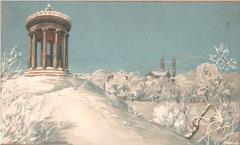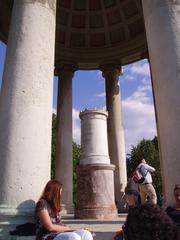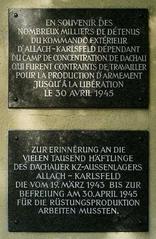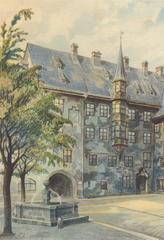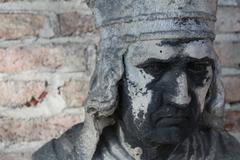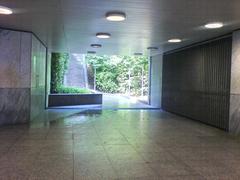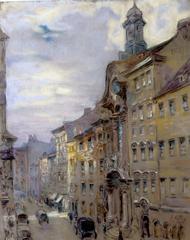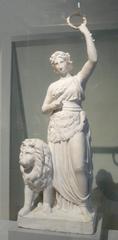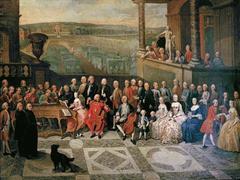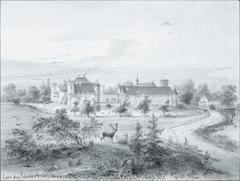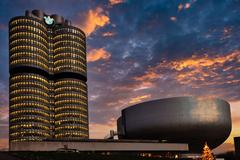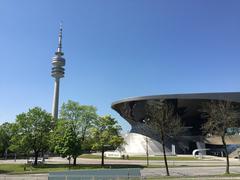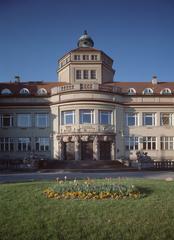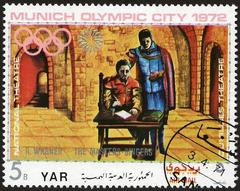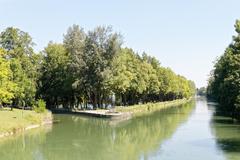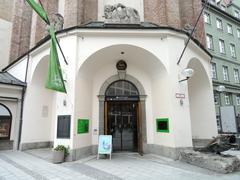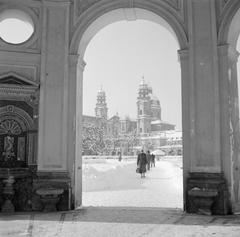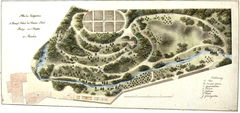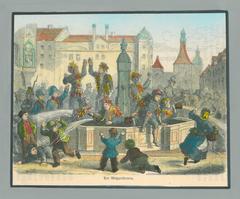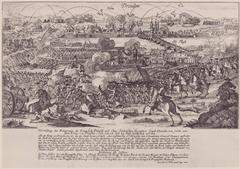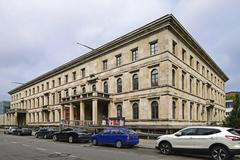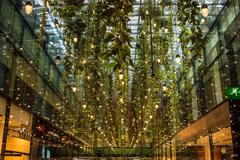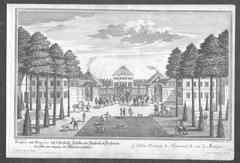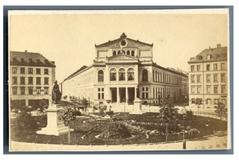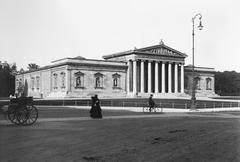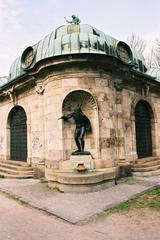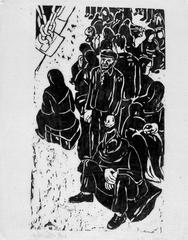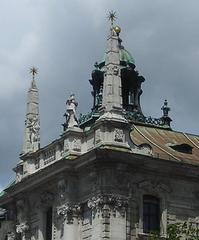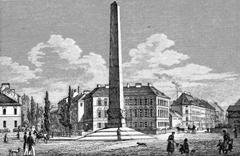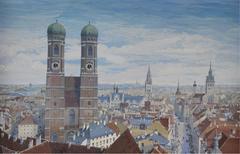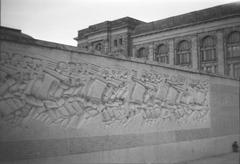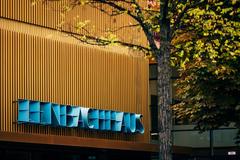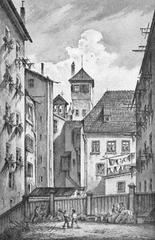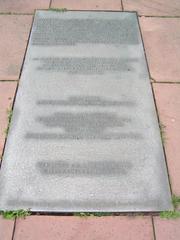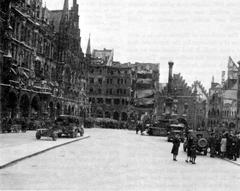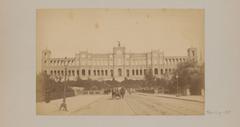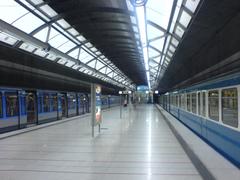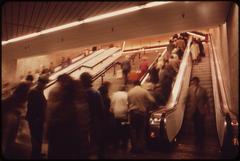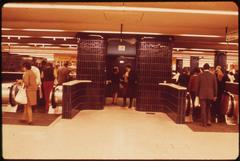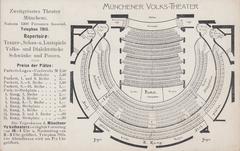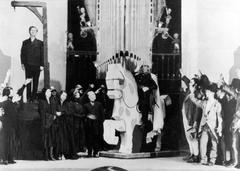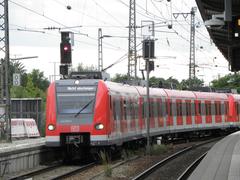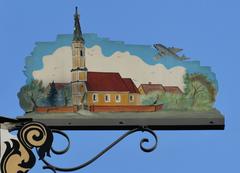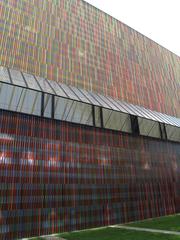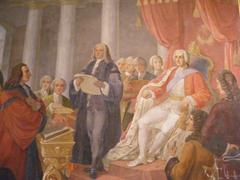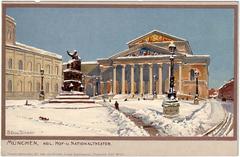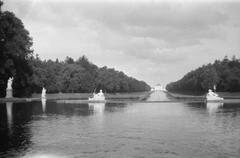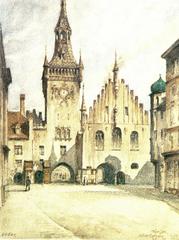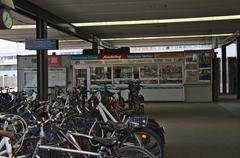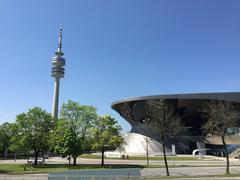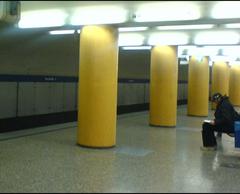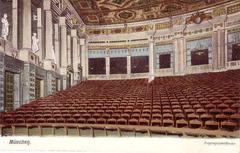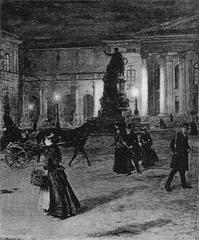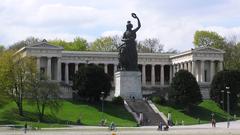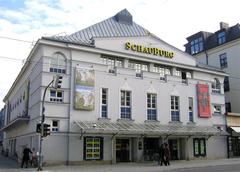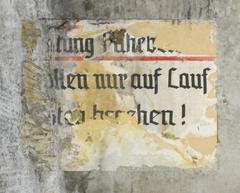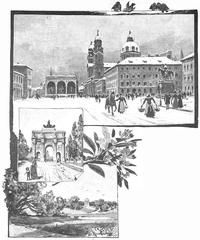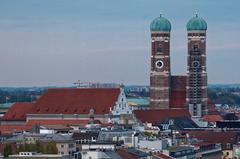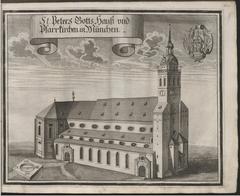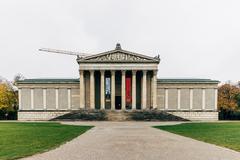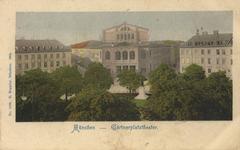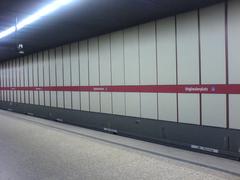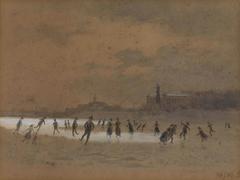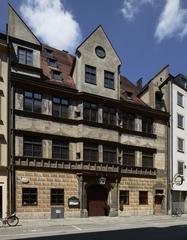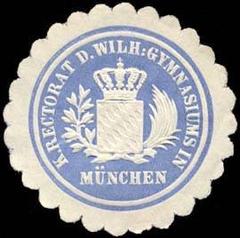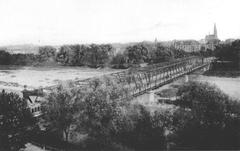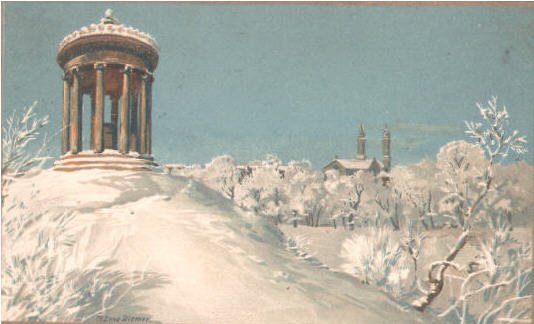
Monopteros Visiting Hours, Tickets, and Historical Sites in Munich, Germany
Date: 18/07/2024
Introduction
The Monopteros in Munich, Germany, is a captivating example of neoclassical architecture, seamlessly blending historical significance and natural beauty. Located within the sprawling English Garden (Englischer Garten), one of the largest urban parks globally, the Monopteros serves as a cultural landmark and popular attraction for both locals and tourists. Designed by the renowned architect Leo von Klenze, the Monopteros was commissioned by King Ludwig I of Bavaria and completed in 1836. Its design, inspired by ancient Greek temples, reflects the Enlightenment ideals of beauty, symmetry, and harmony (Munich Tourist Information). Elevated on an artificial hill made from the rubble of Munich’s old city fortifications, the Monopteros offers panoramic views of the city skyline and the lush English Garden, making it an ideal spot for photography, picnics, and leisurely strolls (Bavarian Palace Department). This comprehensive guide will delve into the Monopteros’s rich history, architectural significance, cultural importance, and practical tips for visitors, ensuring an enriching and memorable experience.
Table of Contents
- Introduction
- Origins and Architectural Inspiration
- Construction and Inauguration
- Symbolism and Cultural Significance
- Historical Events and Anecdotes
- Restoration and Preservation Efforts
- Influence on Modern Architecture
- Visitor Experience and Tips
- Nearby Attractions
- Environmental Impact and Preservation
- Safety and Etiquette
- Local Customs and Traditions
- FAQ
- Conclusion
Discover the Monopteros in Munich - History, Visiting Hours, and Tips
Origins and Architectural Inspiration
The Monopteros is a classical Greek-style temple situated in the English Garden (Englischer Garten), one of the largest urban parks in the world. ‘Monopteros’ refers to a circular colonnade supporting a roof but without walls, a design rooted in ancient Greek architecture. It was designed by architect Leo von Klenze, a pivotal figure in the neoclassical architectural movement in Bavaria during the 19th century. Klenze’s design was heavily influenced by the ancient Greek Tholos, a circular building often used for religious purposes (Munich Tourist Information).
Construction and Inauguration
Construction of the Monopteros began in 1832 and was completed in 1836. It was commissioned by King Ludwig I of Bavaria, known for his passion for classical art and architecture. The Monopteros was built on an artificial hill created using rubble from the demolition of Munich’s old city fortifications. This strategic elevation not only provides a picturesque view of the surrounding English Garden but also symbolizes the king’s ambition to elevate Munich to a cultural and artistic hub (Bavarian Palace Department).
Symbolism and Cultural Significance
The Monopteros is more than just an architectural marvel; it symbolizes the Enlightenment ideals prevalent during King Ludwig I’s reign. The structure embodies beauty, symmetry, and harmony, central to the neoclassical movement. It serves as a testament to the king’s vision of Munich as the ‘Athens on the Isar,’ aiming to rival the cultural and intellectual achievements of ancient Athens (Munich History).
Historical Events and Anecdotes
Over the years, the Monopteros has witnessed numerous historical events and social changes. During World War II, the English Garden, including the Monopteros, suffered damage from Allied bombings. However, the structure was meticulously restored in the post-war period, preserving its historical and architectural integrity. The Monopteros has also been a popular gathering spot for both locals and tourists, serving as a backdrop for countless social and cultural activities, from impromptu musical performances to peaceful protests (English Garden History).
Restoration and Preservation Efforts
In recent years, the Monopteros has undergone several restoration projects to maintain its structural integrity and aesthetic appeal. These efforts are spearheaded by the Bavarian Palace Department, responsible for the upkeep of many historical sites in Bavaria. The most recent restoration, completed in 2020, involved cleaning the stone surfaces, repairing the roof, and reinforcing the foundation to ensure the structure’s longevity (Bavarian Palace Department).
Influence on Modern Architecture
The Monopteros has had a lasting impact on modern architecture, particularly in public park design. Its neoclassical style and strategic placement have inspired similar structures in parks and gardens worldwide. The Monopteros serves as a model for integrating classical architectural elements into natural landscapes, creating spaces that are both aesthetically pleasing and functionally versatile (Architectural Digest).
Visitor Experience and Tips
For visitors, the Monopteros offers a unique blend of historical significance and natural beauty. The structure is accessible via several walking paths within the English Garden, and the hilltop location provides panoramic views of Munich’s skyline. It is a popular spot for photography, picnics, and leisurely strolls. To fully appreciate the Monopteros, visit during the early morning or late afternoon when the lighting accentuates the architectural details and the surrounding landscape (Munich Travel Guide).
Visiting Hours and Tickets
The Monopteros is accessible year-round, and there is no entrance fee to visit the structure. The English Garden is open 24 hours a day, making it convenient for visitors to explore the Monopteros at any time. However, for the best experience, consider visiting during daylight hours when the views and surroundings are most striking.
Nearby Attractions
While visiting the Monopteros, explore other attractions within the English Garden, such as the Chinese Tower, the Japanese Teahouse, and the lake Kleinhesseloher See. The park also offers numerous walking and cycling paths, beer gardens, and open spaces for recreational activities.
FAQ
What are the visiting hours for the Monopteros?
The Monopteros is accessible 24 hours a day, as it is located within the English Garden, which is open year-round.
Is there an entrance fee for the Monopteros?
No, there is no entrance fee to visit the Monopteros.
How do I get to the Monopteros?
The Monopteros is located within the English Garden in Munich. It is easily accessible by public transport, bike, or on foot.
Are there guided tours available?
While there are no specific guided tours for the Monopteros, several tours of the English Garden include a visit to the structure.
Conclusion
The Monopteros in Munich stands as a testament to the city’s rich cultural heritage and architectural prowess. Its historical significance, coupled with its timeless beauty, makes it a must-visit landmark for anyone exploring Munich. Whether you are an architecture enthusiast, a history buff, or simply someone looking to enjoy a serene spot in the heart of the city, the Monopteros offers an experience that is both enriching and memorable.
For more information on visiting the Monopteros and other historical sites in Munich, download our mobile app Audiala, check out other related posts, or follow us on social media for the latest updates (Munich Travel Guide).
References
- Discover the Monopteros in Munich - History, Visiting Hours, and Tips. Munich Tourist Information. Retrieved from Munich Tourist Information
- Discover the Monopteros in Munich - History, Visiting Hours, and Tips. Bavarian Palace Department. Retrieved from Bavarian Palace Department
- Visiting the Monopteros in Munich - History, Tickets, and Tips. Munich History. Retrieved from Munich History
- Essential Visitor Tips for Monopteros in Munich - Best Time to Visit, Tickets, and More. English Garden History. Retrieved from English Garden History
